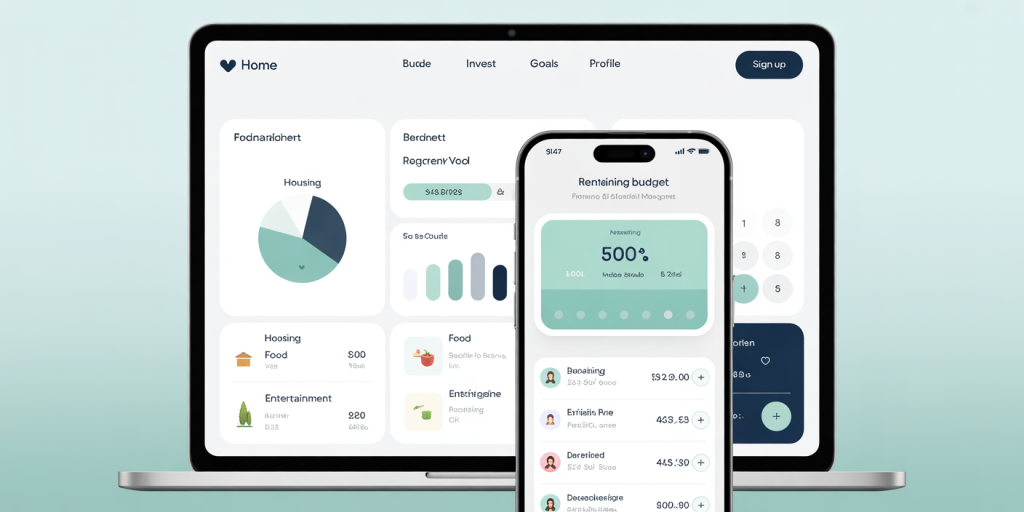In today’s fast-paced world, every aspect of our lives demands continuous decision-making. From trivial daily choices like what to wear or eat, to more consequential decisions involving finances, the mental framework governing our ability to make sound choices can become overwhelmed. This phenomenon is known as decision fatigue—the deteriorating quality of decisions after an extended period of decision making. When it comes to managing finances, decision fatigue can have far-reaching effects, leading to costly errors, procrastination, or impulsive behavior.
Understanding how decision fatigue sabotages financial wellbeing is crucial to avoiding its pitfalls. This article delves into the mechanics of decision fatigue in a financial context, offering insight into real-life cases, statistical evidence, and offering actionable strategies to mitigate its negative impact.
How Decision Fatigue Occurs in Financial Management
Decision fatigue stems from the brain’s limited cognitive resources. Studies show that the human brain is only capable of making a finite number of high-quality decisions before it becomes exhausted. According to a 2011 study by Roy F. Baumeister and colleagues, self-control—directly linked to decision-making abilities—operates like a muscle; it tires with use, which in turn reduces our capacity to make rational decisions later in the day (Baumeister et al., 2011).
Financial decision-making is particularly vulnerable because it often requires considerable cognitive effort, combining numerical analysis, risk assessment, and long-term planning. For example, investors who trade frequently may end up making poorer investment choices later in a session simply because they have depleted their mental energy.
A practical example is drawn from consumer behavior studies: shoppers who face numerous choices in a supermarket context are more likely to make impulsive purchases by the end of their shopping trip. Similarly, individuals managing multiple financial products—credit cards, loans, savings, and investments—may begin their day with prudent decisions but resort to overspending or skipping bill payments by evening as their decision-making capacity wanes.

Psychological Effects on Spending and Saving Habits
Decision fatigue can lead to what is commonly referred to as “choice overload,” where making even simple financial choices becomes burdensome and anxiety-inducing. For example, a survey conducted by the American Psychological Association in 2023 found that 57% of respondents admitted to procrastinating on financial tasks such as budgeting or reviewing credit reports because they felt overwhelmed by choices or decisions.
Procrastination caused by decision fatigue can cause missed opportunities, such as failing to take advantage of investment opportunities or ignoring necessary adjustments in spending during economic downturns. Moreover, studies indicate that decision fatigue reduces individuals’ ability to delay gratification, often leading to greater impulsivity in spending. A 2017 experiment published in the *Journal of Marketing Research* showed that decision fatigue contributed to a 34% increase in spontaneous purchasing behavior in consumers compared to those who were mentally fresh.
Real-life case: Howard Schultz, the former CEO of Starbucks, famously limited his daily decisions to only a few clothing choices, explaining that minimizing trivial decisions allowed him to conserve mental energy for high-stakes financial and business decisions. This approach exemplifies how reducing minor cognitive loads can indirectly improve financial decision-making and outcomes.
The Role of Financial Planning Tools in Combating Decision Fatigue
With the rise of digital finance tools, there is increasing potential to shield users from the deleterious effects of decision fatigue. Automated budgeting apps like YNAB (You Need a Budget) or Mint reduce the complexity of financial decisions by categorizing expenses and forecasting future financial health. These tools leverage algorithms to present simplified choices or outright recommendations, which lighten the cognitive burden.
Another effective approach is the use of robo-advisors for investment management. According to a 2022 report by Statista, robo-advisors managed approximately $1 trillion in assets globally, freeing investors from the need to constantly review and adjust portfolios manually. Robo-advisors take into account risk tolerance and financial goals to propose ideal investment paths automatically, thereby sidestepping decision fatigue.
Consider a comparative table illustrating how manual decision-making compares to automated tools:
| Aspect | Manual Financial Management | Automated Financial Tools |
|---|---|---|
| Cognitive Load | High – multiple decisions daily | Low – decisions streamlined or automated |
| Time Investment | Significant – budgeting, investment, bill pay | Minimal – most processes handled automatically |
| Error Rate | Higher – fatigue-induced errors or procrastination | Lower – algorithms reduce human errors |
| Behavioral Influence | Emotionally driven, prone to biases | Objective, data-driven |
| User Control | Full – user must actively manage every step | Partial – guided by app recommendations |
The above table clearly shows that leveraging technology can substantially reduce the mental drain financial decision-making imposes, thereby preserving cognitive resources and improving overall financial health.

Impact of Decision Fatigue on Debt Management
Debt management is another critical area where decision fatigue plays a crucial role. Managing multiple debts requires prioritizing payments, negotiating with lenders, and sometimes making tough calls such as consolidating debts or seeking professional help. Decision fatigue can cause individuals to avoid these decisions, resulting in increased interest payments, penalties, and worsening credit scores.
For instance, a 2020 study from the National Endowment for Financial Education found that 42% of consumers delayed addressing debt-related issues because they felt overwhelmed by their options, which in turn escalated their financial distress. Furthermore, through behavioral economics principles, mental exhaustion often leads people to opt for the default option—which, in debt management terms, often means paying only the minimum on multiple credit cards, thereby trapping themselves in a cycle of prolonged debt.
Case study: Jane, a 34-year-old marketing executive, struggled with credit card debt accumulated over years. Each month, she faced a multitude of bill payments and repayment strategies. Feeling overwhelmed, she usually paid the minimum amounts to avoid making complex decisions, inadvertently prolonging her debt payoff by over five years and increasing interest payments by thousands of dollars. After enrolling in a debt counseling program, where her payments were consolidated and automated, Jane significantly reduced her financial stress and her debt load.
This example illustrates the importance of simplifying debt repayment decisions to avoid the pitfalls induced by decision fatigue.
How Financial Advisors Can Help Alleviate the Burden
Financial advisors and planners play a vital role in reducing decision fatigue for clients by providing professional guidance and structured financial plans. Many clients come to advisors overwhelmed by financial choices, uncertain about risk management, tax strategies, and investment diversification.

By consolidating information, prioritizing decisions, and creating a clear roadmap, advisors reduce the mental strain on their clients. Additionally, experts are trained to anticipate decision fatigue risks by scheduling critical discussions early in meetings and leaving simpler decisions or routine tasks for later or delegating them to assistants or assistants.
Research from the CFP Board indicates that clients working with financial advisors are 45% less likely to experience anxiety or stress related to financial decisions, compared to those managing finances independently. This reduction in stress translates to fewer impulsive decisions, better adherence to budgeting, and improved long-term financial stability.
Future Perspectives: Addressing Decision Fatigue for Financial Success
Looking ahead, the intersection of cognitive psychology, behavioral economics, and technology offers promising solutions to mitigate decision fatigue’s financial consequences. Advances in artificial intelligence (AI) and machine learning are enabling more personalized finance management tools that predict when a user might be vulnerable to fatigue and proactively simplify choices.
Wearable devices and biometric sensors may soon monitor cognitive fatigue in real-time, alerting users to take breaks before critical financial decisions. These innovations could work in conjunction with virtual financial assistants to delay decision-making until a person is mentally refreshed.
On a societal level, educational programs aimed at increasing financial literacy and teaching decision simplification strategies can empower consumers to better manage cognitive overload. Helping individuals recognize the mechanics of decision fatigue and encouraging practices such as decision batching—grouping financial decisions into allotted times—can improve decision quality.
Regulatory bodies might also contribute by mandating clearer disclosures and standardized financial products to reduce choice complexity. The goal would be a more transparent financial environment that lowers unnecessary mental burdens.